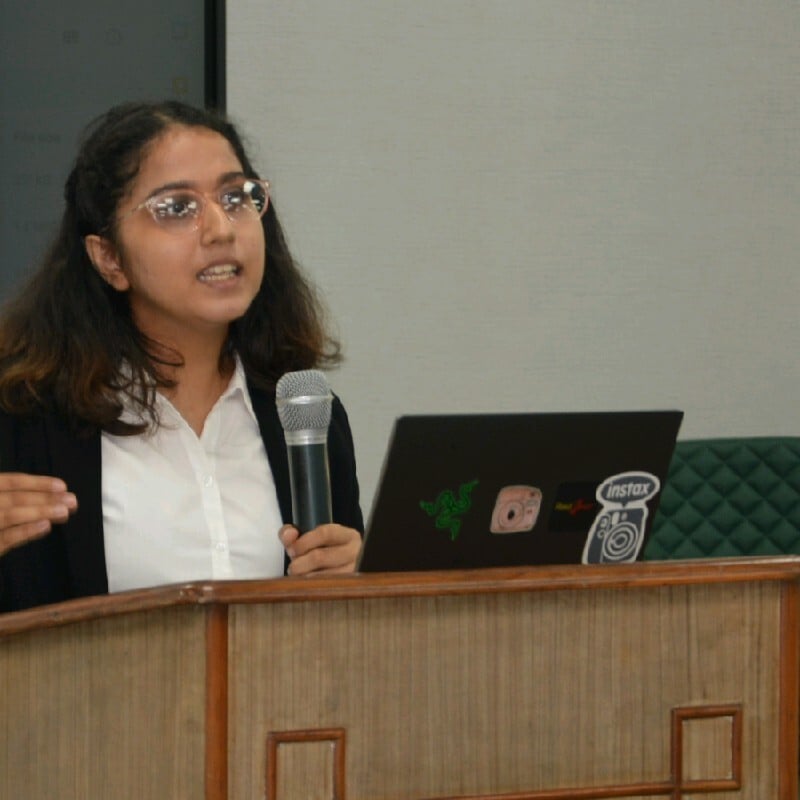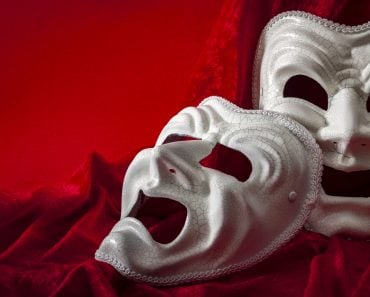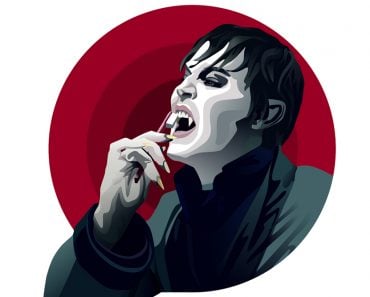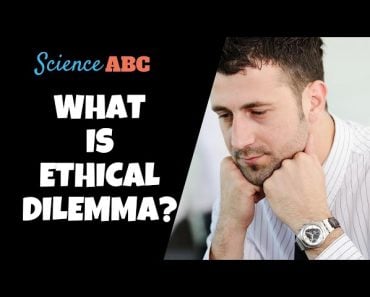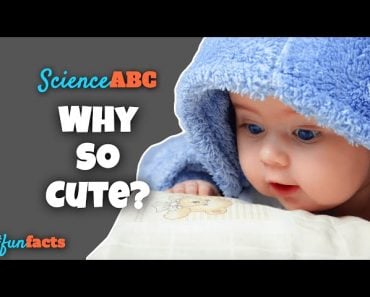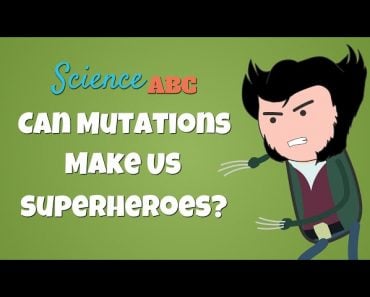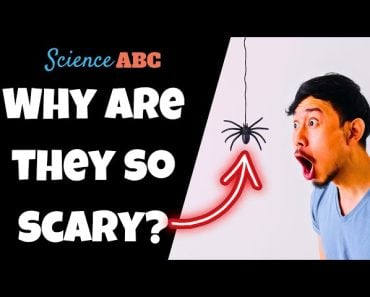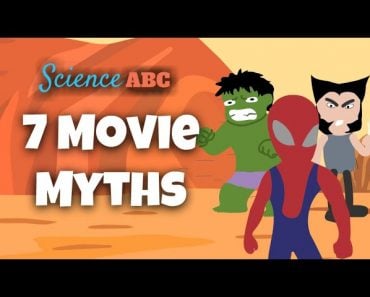Morally ambiguous characters add a unique dynamic to fairy tales, delving into the complexity of human personality and ethics.
Once upon a time, a kind-hearted but lonely princess discovered a magical talking animal who granted her three wishes. With her first wish, she befriended a humble woodsman. With her second wish, they embarked on a perilous quest during which they fought and conquered many cruel foes. And with her final wish, love triumphed, and the kingdom rejoiced in their happily ever after.
This is the format of most fairy tales—a battle between good and evil with impeccable, infallible and righteous protagonists who defeat obstacles and overcome impossible odds to emerge victorious.
Recommended Video for you:
The Influence Of Character Actions And Motives
In traditionally formatted fairy tales, readers form moral judgments about characters based on their actions, and by extension, their underlying motivations. Characters’ intentions play a pivotal role in shaping readers’ perceptions of their morality and overall judgment of their persona. The desire to see the “good” characters succeed and overcome adversity strengthens the reader-character connection.
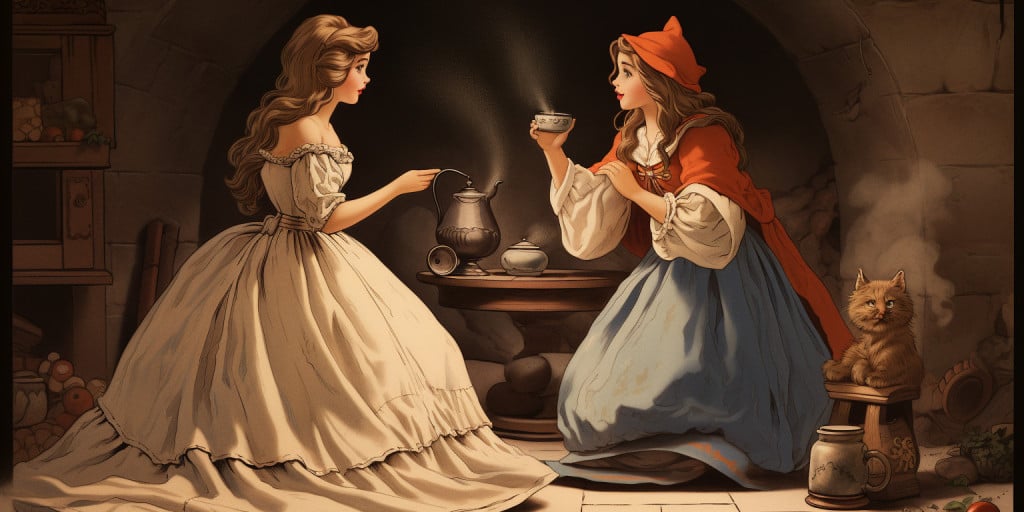
For example, Cinderella’s kind and selfless actions showcase her virtue, while the wicked stepsisters’ malicious deeds highlight their malevolence. When protagonists are unequivocally or freakishly good, kind to a fault, readers wholeheartedly root for them, empathizing with their struggles and challenges that evoke pity, sympathy and even empathy. Conversely, morally evil characters, like the wicked stepmother in “Snow White,” evoke strong negative emotions in readers. Their actions are despicable, and readers find it difficult to identify with them.
On the other hand, morally ambiguous characters, like the Beast in “Beauty and the Beast,” challenge readers’ moral evaluations, leading to mixed feelings and divided opinions. The Beast starts off as a prince with anger issues and a dark past, but later shows compassion and ends up materializing as a redeemed prince.
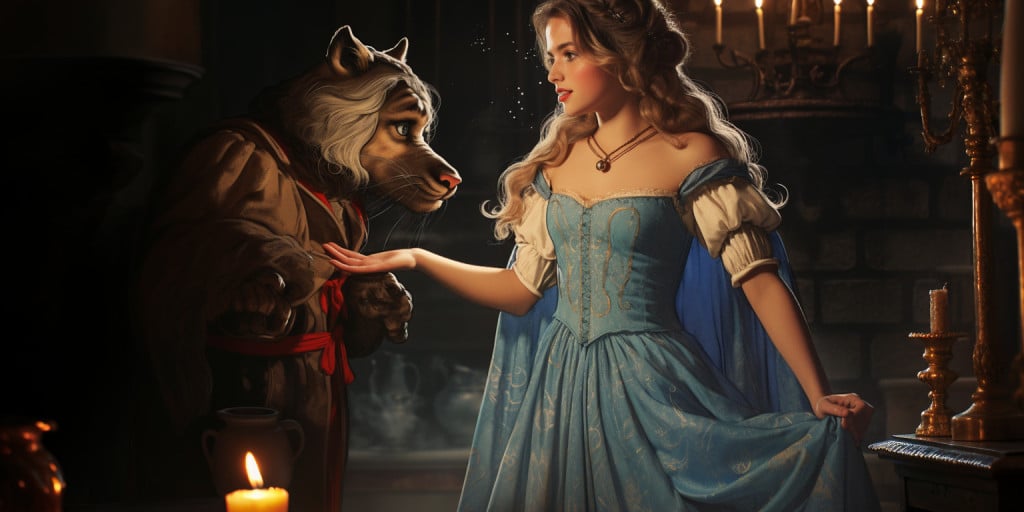
Exploring Fairy Tales Without Obvious Good Or Evil
Several fairy tales deviate from the traditional good versus evil narrative, presenting a more nuanced perspective on humanity and how its history has progressed. In Hans Christian Andersen’s “The Ugly Duckling,” no identifiable villain exists; instead, the tale focuses on themes of self-discovery and personal transformation that readers, perhaps having experienced themselves, find endearing.
“Rumpelstiltskin” by the Brothers Grimm similarly serves as a cautionary tale about the consequences of reckless promises, while Anderson’s “The Little Mermaid” explores the complexities of desire and sacrifice (the cinematic depictions tend to paint the Sea-Witch as evil, whereas the fairy tale itself does not ascribe particular savagery to her, but rather depicts through her the dangers of seeking shortcuts or compromising one’s true self). These tales challenge readers to reflect on choices, consequences, and the blurred lines between good and evil.
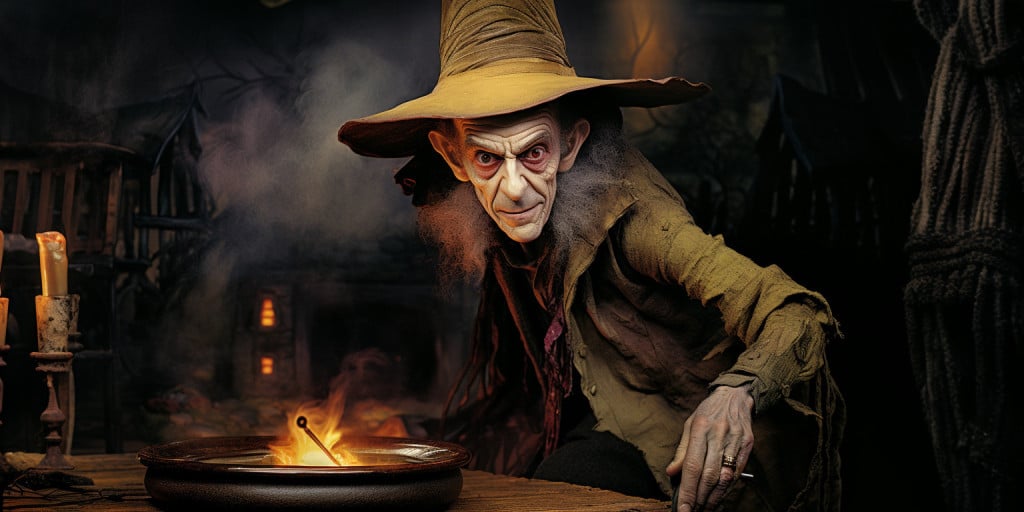
Oscar Wilde’s “The Selfish Giant” tells the story of a giant who isolates himself in his garden, refusing to share it with others. The giant’s selfishness results in an eternal winter within the garden, but when the giant has a change of heart and allows children to play in his garden, spring returns. The story doesn’t present a clear villain, but highlights the far-reaching impact of kindness, generosity, and human connection. The readers are drawn to qualities and circumstances, rather than detailed characters.
Characters As Reflections Of Human Nature
Art is often an allegory of complex human traits that trickle down and concentrate into a character. When the character is morally ambiguous, such as Rumpelstiltskin or the Sea-Witch in “The Little Mermaid,” they begin to represent different facets of human nature that are darker than those of a protagonist, yet purer than those of an antagonist.
Such characters embody desires, motivations, and flaws that readers can identify with, making them more relatable. The absence of a clear villain demonstrates how human selfishness, something we are all often motivated by, can lead to unintended consequences that come from a place of oblivion, rather than cruelty, thereby encouraging readers to contemplate the transformative power of kindness and generosity.
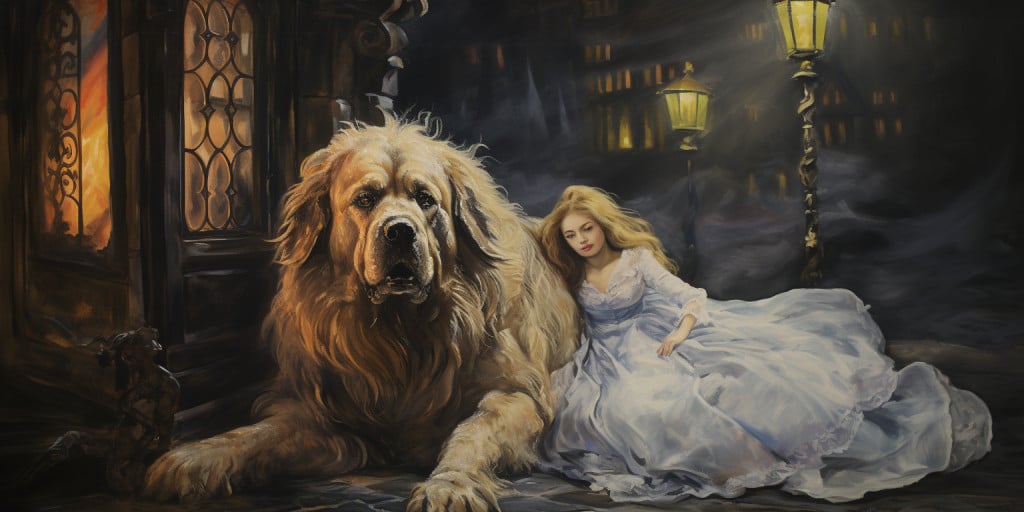
Andersen’s “The Tinderbox“, a fairy tale about a soldier who discovers a magical tinderbox that summons three different dogs to fulfill his wishes, explores themes of greed, ambition, and the consequences of misusing power. The soldier’s initial wish to bring a sleeping princess to him leads to conflict and chaos. However, he is able to get out of his predicament using ingenuity and the very powerful dogs.
While the soldier’s actions may be seen as morally dubious, the tale doesn’t explicitly condemn him as good or evil. Instead, it focuses on a neutral quality, and how opportunity can be harnessed to achieve anything the human mind sets its sights on.
Conclusion
While traditional fairy tales often depict clear-cut battles between good and evil, some stories dare to explore the intricacies of morality, presenting morally ambiguous characters and nuanced perspectives. By delving into the complexities of human behavior, these tales offer readers a more realistic portrayal of the human experience, something that is lived and living, as opposed to an ideal embodiment of one thought or emotion.

